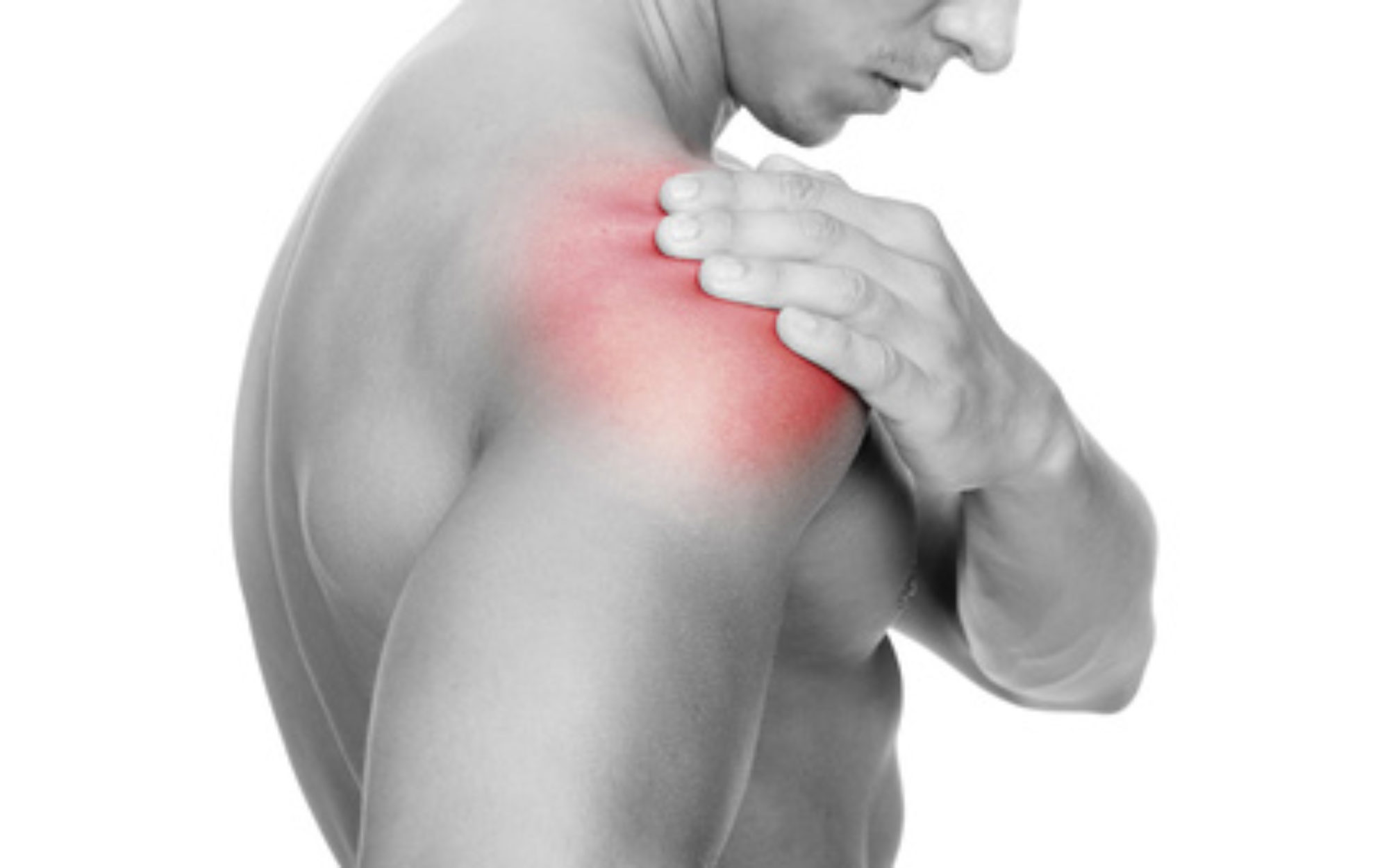Biceps Tendinitis
Anatomy
Your shoulder is a ball-and-socket joint made up of three bones: your upper arm bone (humerus), your shoulder blade (scapula), and your collarbone (clavicle).
Glenoid. The head of your upper arm bone fits into the rounded socket in your shoulder blade. This socket is called the glenoid. The glenoid is lined with soft cartilage called the labrum. This tissue helps the head of the upper arm fit into the shoulder socket.
Rotator cuff. A combination of muscles and tendons keeps your arm centered in your shoulder socket. These tissues are called the rotator cuff. They cover the head of your upper arm bone and attach it to your shoulder blade.
Biceps tendons. The biceps muscle is in the front of your upper arm. It has two tendons that attach it to bones in the shoulder. The long head attaches to the top of the shoulder socket (glenoid).
The short head of the biceps tendon attaches to a bump on the shoulder blade called the coracoid process.
Description
Biceps tendinitis is inflammation of the long head of the biceps tendon. In its early stages, the tendon becomes red and swollen. As tendinitis develops, the tendon sheath (covering) can thicken. The tendon itself often thickens or grows larger.
The tendon in these late stages is often dark red in color due to the inflammation. Occasionally, the damage to the tendon can result in a tendon tear, and then deformity of the arm (a “Popeye” bulge in the upper arm).
Biceps tendinitis usually occurs along with other shoulder problems. In most cases, there is also damage to the rotator cuff tendon. Other problems that often accompany biceps tendinitis include:
- Arthritis of the shoulder joint
- Tears in the glenoid labrum
- Chronic shoulder instability (dislocation)
- Shoulder impingement
- Other diseases that cause inflammation of the shoulder joint lining
Cause
In most cases, damage to the biceps tendon is due to a lifetime of normal activities. As we age, our tendons slowly weaken with everyday wear and tear. This degeneration can be worsened by overuse — repeating the same shoulder motions again and again.
Many jobs and routine chores can cause overuse damage. Sports activities — particularly those that require repetitive overhead motion, such as swimming, tennis, and baseball — can also put people at risk for biceps tendinitis.
Repetitive overhead motion may play a part in other shoulder problems that occur with biceps tendinitis. Rotator cuff tears, osteoarthritis, and chronic shoulder instability are often caused by overuse.
Symptoms
- Pain or tenderness in the front of the shoulder, which worsens with overhead lifting or activity
- Pain or achiness that moves down the upper arm bone
- An occasional snapping sound or sensation in the shoulder
Physical Examination
During the examination, your doctor will assess your shoulder for range of motion, strength, and signs of shoulder instability. In addition, he or she will perform specific physical examination tests to check the function of your biceps.Treatment
Your orthopedic surgeon will work carefully to identify any other problems in your shoulder and treat them along with your tendinitis.






